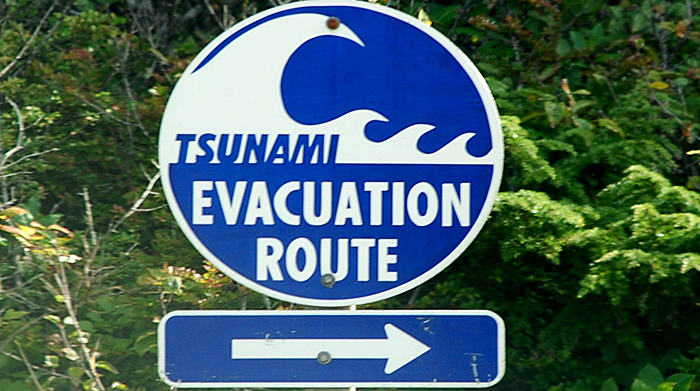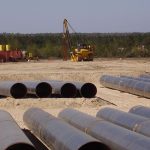Cities are Falling Short on Emergency Evacuation Planning

Image courtesy of Adam Fagen under Attribution-NonCommercial-ShareAlike 2.0 Generic License, resized to 700 x 391 pixels.
Hurricane Katrina, which made landfall 17 years ago and is one of the worst natural disasters to ever hit the U.S., has done little to enhance emergency evacuation planning efforts across the U.S. In fact, according to new research, only 7 of the country’s 50 largest cities have strong plans in place. Not only is this bad for public safety, but it also hinders outage restoration efforts.
The Skinny on Emergency Evacuation Planning Across the U.S.
While the majority of large cities have something in place that addresses evacuation routes and scenarios, some have no evacuation plans in place at all. Let’s start with the good.
According to the report from the International Journal of Disaster Risk Reduction, Charlotte, Cleveland, Jacksonville, Miami, New Orleans, NYC and Philadelphia have strong plans in place. These cities ranked highly in terms of being able to identify the special needs folks, having transportation protocols in place for people with special needs, accounting for the identification and management of pickup locations, and having multimodal and pedestrian evacuation plans.
Now for the bad news. Six cities have substandard plans – Colorado Springs, Honolulu, El Paso, San Antonio, Memphis and Indianapolis. Worse yet, some cities either refused to make their planning efforts available to researchers or had no plan in place at all.
The problem when it comes to utility restoration efforts is that poorly conceived evacuation plans or routes can delay crews from getting from Point A to Point B. Ideally, roads should be relatively clear, but the presence of a haphazard evacuation plan essentially guarantees that this won’t happen.
While this is unfortunate for utilities located in proximity to cities with poor emergency evacuation planning processes and plans, it’s important to acknowledge it. Specifically, congested roadways and compromised public safety should be mentioned and accounted for in emergency plans and protocols, so that storm workers are equipped to handle whatever comes their way.



